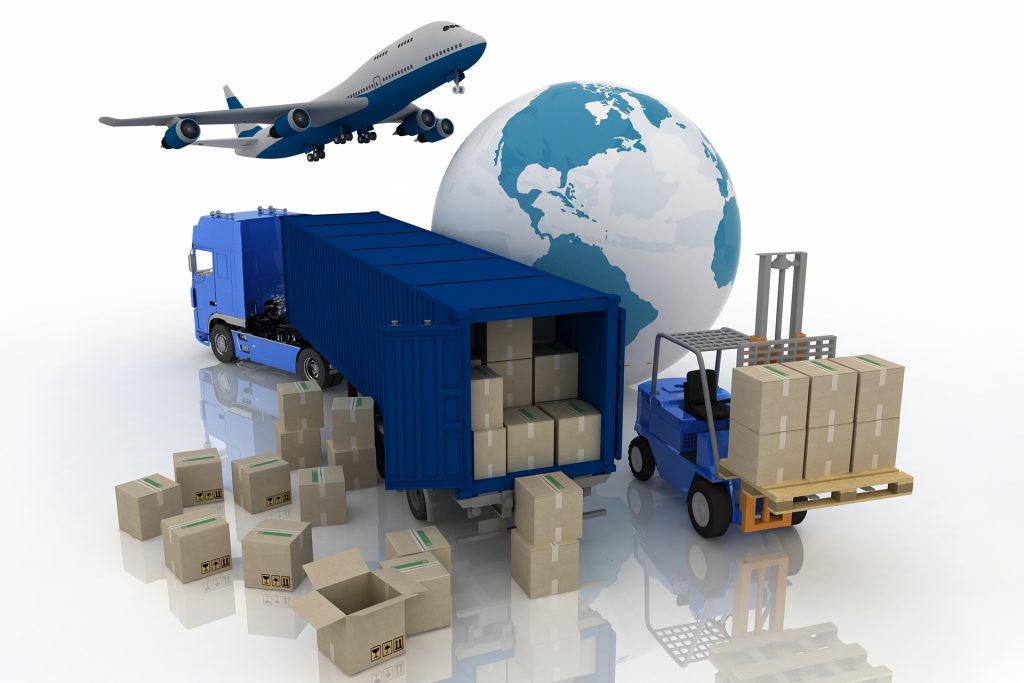Introduction to Shipping Logistics
Shipping logistics is a critical component of any business that involves the transportation of goods. Whether it’s moving products from manufacturers to warehouses or delivering them directly to customers, effective shipping logistics ensures that these processes are streamlined and efficient. It involves various activities, such as route planning, inventory management, packaging, and the coordination of delivery schedules. As global trade continues to grow, businesses must adopt efficient shipping logistics strategies to remain competitive and meet customer demands promptly.
Key Components of Shipping Logistics
The foundation of shipping logistics lies in several key components that work together to ensure smooth and timely deliveries. First, route optimization is essential to minimize delivery times and costs. By leveraging data and advanced software, businesses can determine the most efficient paths for their shipments. Inventory management is another crucial aspect, allowing companies to keep track of stock levels and prevent overstocking or understocking issues. Packaging efficiency ensures that products are protected during transit while also minimizing space and weight. Lastly, the coordination between different carriers and delivery services ensures that goods reach their destination on time.
Challenges in Shipping Logistics
While shipping logistics is essential for business operations, it also presents several challenges. One major issue is the rising cost of transportation, which is driven by factors such as fuel prices, labor shortages, and global supply chain disruptions. Additionally, businesses must deal with delays caused by external factors like weather conditions, customs clearance, and port congestion. Managing customer expectations for faster deliveries while maintaining cost efficiency is another challenge. Moreover, the need for sustainability and reducing carbon footprints adds complexity to logistics operations.
Innovations in Shipping Logistics
Technological advancements are transforming shipping logistics, making it more efficient and adaptable to the evolving needs of businesses and customers. Automation and artificial intelligence (AI) are increasingly used to optimize routes, predict delivery times, and manage inventory. For example, AI-powered systems can analyze historical data to forecast demand and adjust shipping schedules accordingly. Drones and autonomous vehicles are also emerging as potential solutions for last-mile delivery, reducing reliance on traditional delivery methods. Blockchain technology is being explored for enhancing transparency in the logistics process by providing a secure and immutable record of shipments.
Conclusion: The Future of Shipping Logistics
As businesses continue to expand their operations globally, shipping logistics will play an even more significant role in ensuring their success. Companies that invest in innovative technologies and sustainable practices will be better equipped to meet the growing demands of consumers while managing costs effectively. In the future, we can expect to see more advancements in automation, AI, and environmentally friendly logistics solutions, which will help streamline shipping processes and improve overall efficiency. By staying ahead of these trends, businesses can optimize their logistics strategies and remain competitive in a rapidly changing global market.


